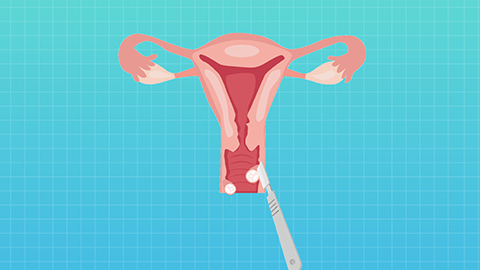Is an intramural uterine fibroid serious?
Generally speaking, the severity of intramural uterine fibroids depends on their size and associated symptoms. Small fibroids without symptoms are usually not serious, whereas large fibroids or those causing symptoms may be more severe. If any abnormalities occur, timely medical consultation is recommended. Detailed analysis is as follows:

When the fibroid's diameter is less than 5 cm, grows slowly, and does not compress the endometrium or surrounding tissues, with normal menstrual cycles and no symptoms such as abdominal pain or anemia, it typically does not affect health. Regular follow-up examinations are sufficient, and no specific treatment is required.
If the fibroid's diameter exceeds 5 cm or it grows rapidly in a short period, it may compress the uterine cavity, leading to increased menstrual bleeding, prolonged menstrual periods, and anemia. Compression of the bladder or rectum can also cause frequent urination and difficulty defecating. These conditions can affect quality of life and require timely intervention to prevent worsening symptoms.
After diagnosis of intramural uterine fibroids, regular ultrasound examinations should be conducted to monitor changes. If menstrual abnormalities, abdominal pain, or other symptoms occur, prompt medical attention is necessary. Decisions regarding observation or treatment should be made based on a physician's recommendations, avoiding self-diagnosis and delays in management.




